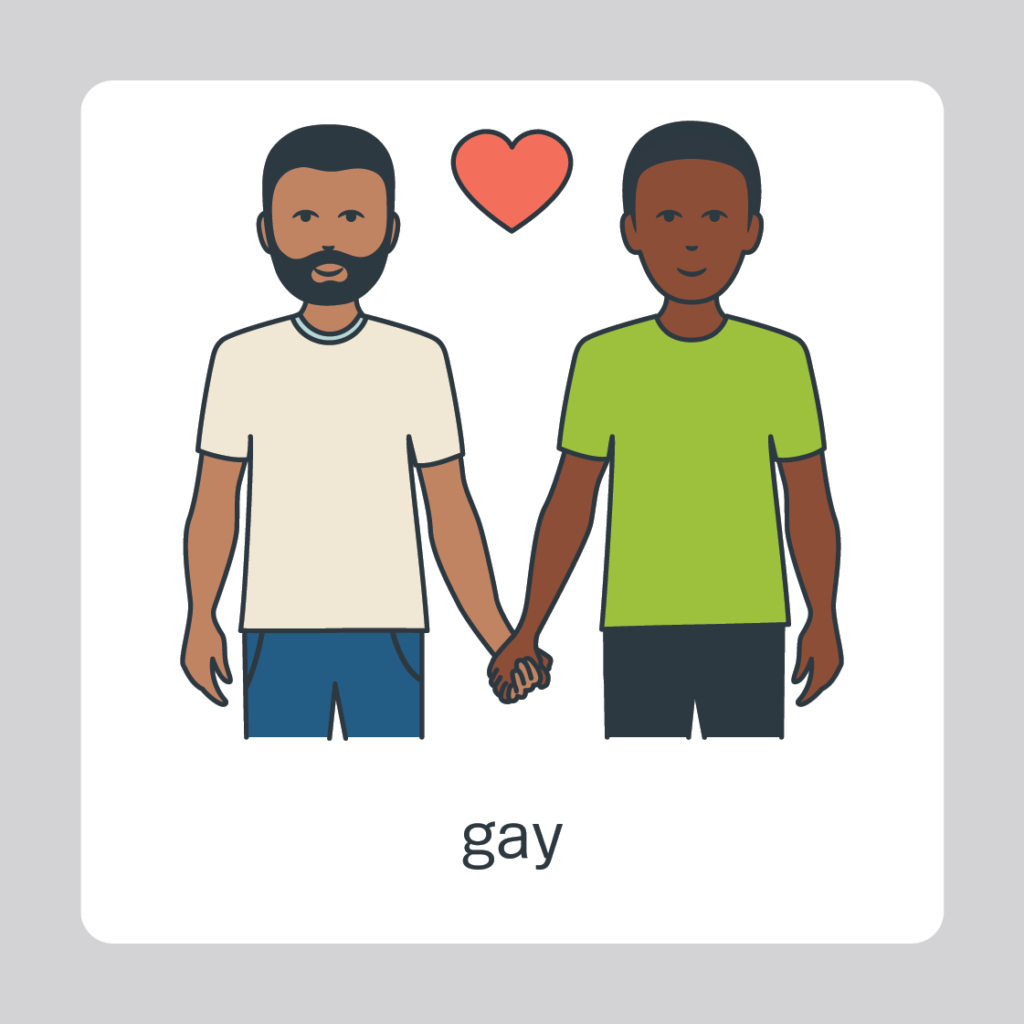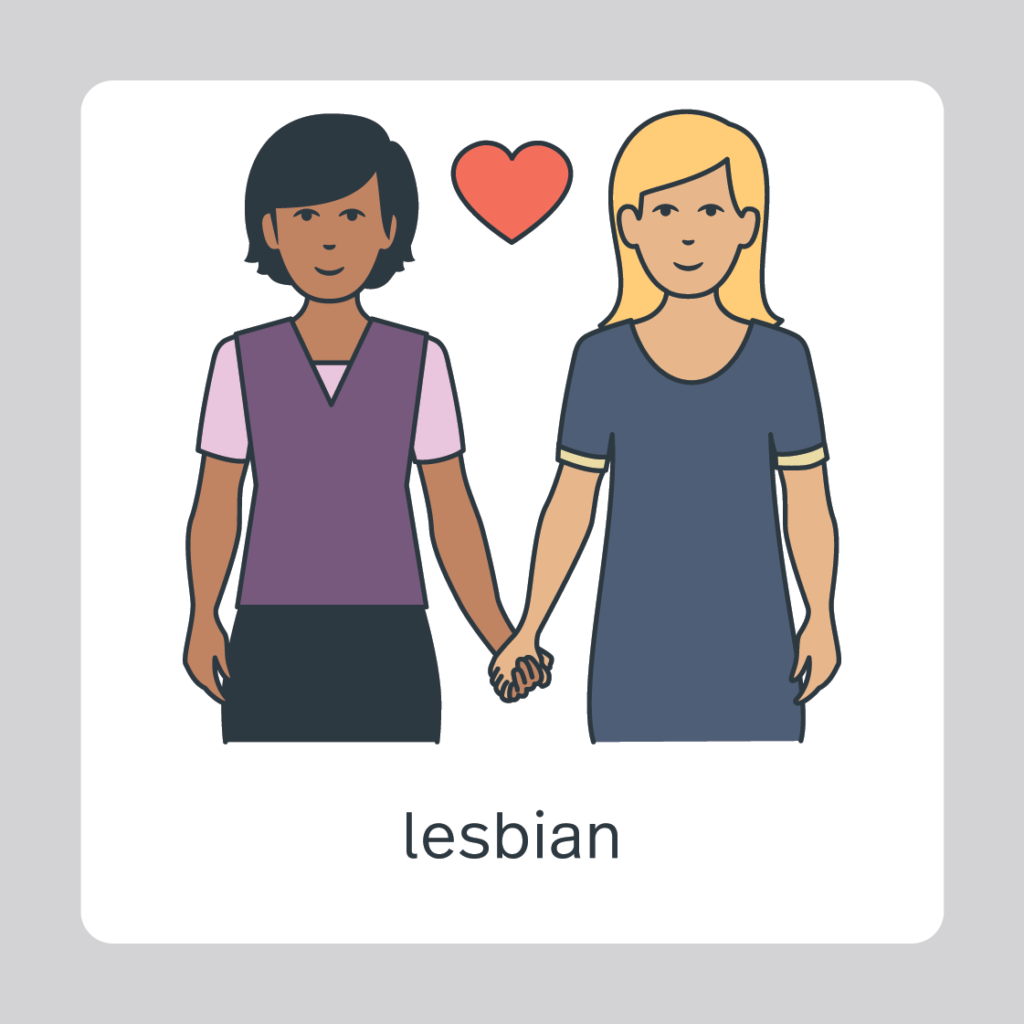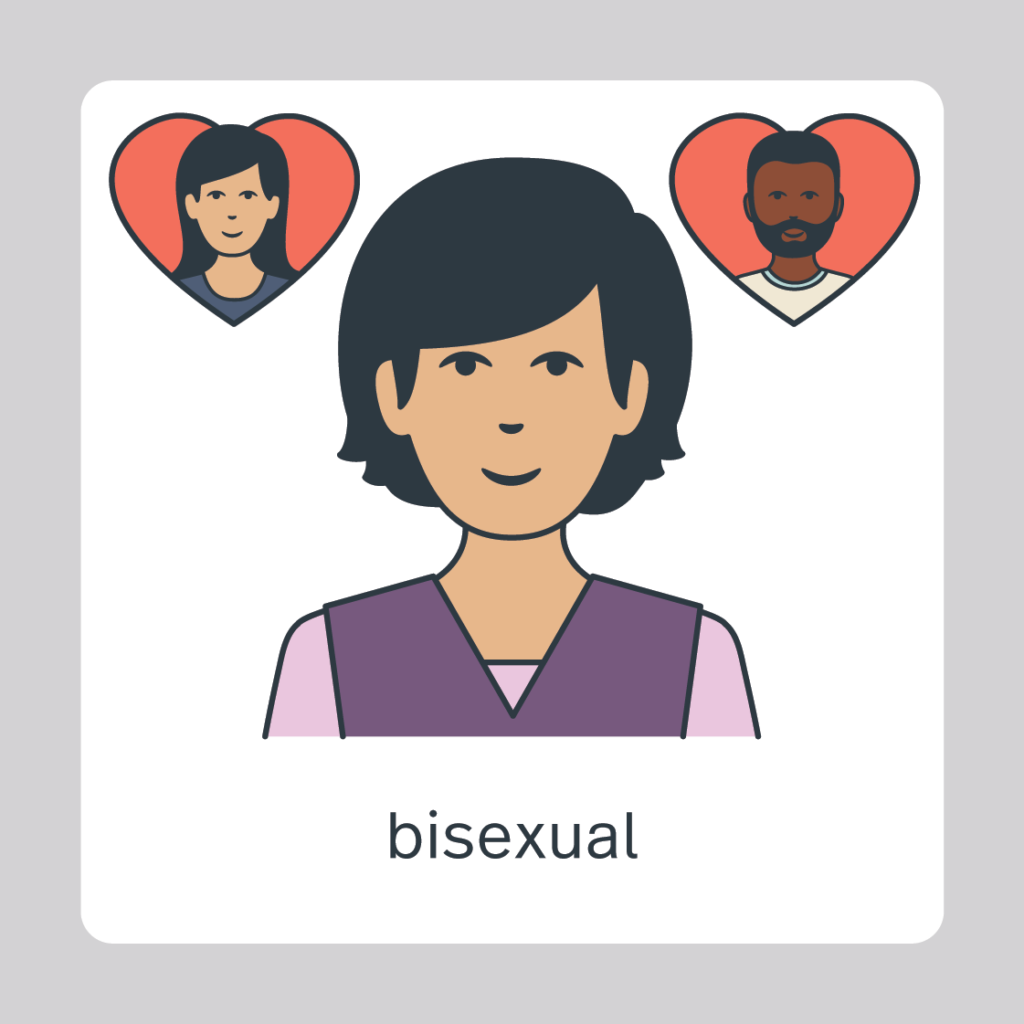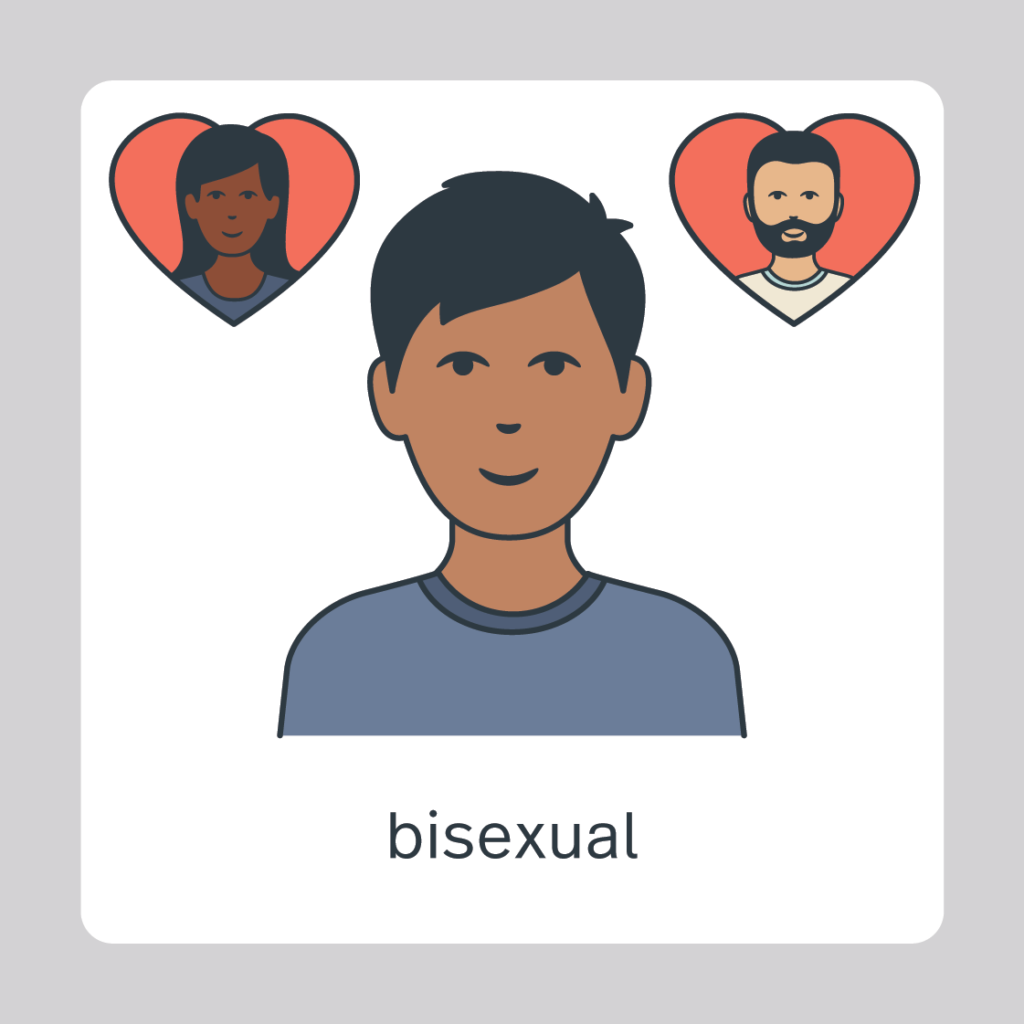You may feel sexually attracted to someone who is the same gender as you. That is OK. You may feel attracted to someone of any gender. That is OK. There are lots of different sexualities, these are just some of them. That is OK.
Some people find this confusing. For more support, speak to someone you trust or call QLife on 1800 184 527.





LGBTIAQ+ stands for Lesbian, Gay, Bisexual, , , , or Questioning.
The plus sign represents any other identities that are not covered in the acronym.
Previous section
Next section
Other sections in About You

Transgender typically means your gender identity does not entirely match the sex assumed for you at birth. For example, if you were assumed to be a man but know you are a woman, you might be transgender. You do not have to use this word. Transgender people may want to dress differently or use a different name or pronouns (words like she, he, or they).
Intersex is a word that describes people born with sex characteristics that do not fit doctors’ ideas of a typical male or female body. This is not always obvious at birth. For some people it might not be obvious until later in life. This might be during puberty or when they are trying to have a baby. Doctors have words for many different kinds of intersex variation. Doctors also use terms like “differences of sex development”.
Asexual is a type of sexuality. Asexual people often have little or no interest or desire for sexual activity. People who are asexual may still experience romance but they may not want to act on these feelings sexually.
The term queer can refer to the LGBTAQ+ community or can be used as an identity term by members of that community. It can refer to an individuals sexuality, their gender identity or both.

